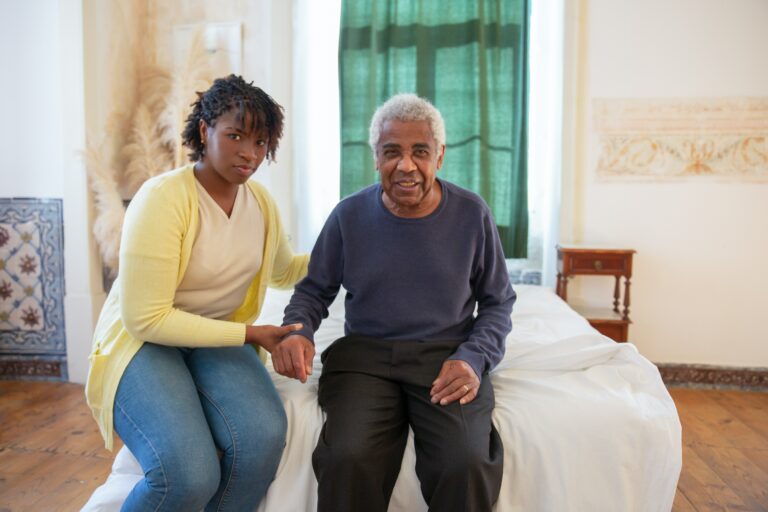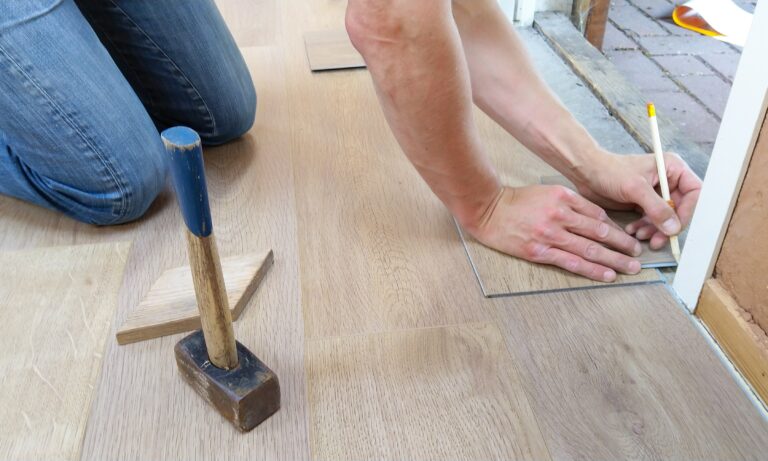
How Do I Make a Care Plan for Mom?
Medicare typically doesn’t pay for basic assistance, and families often don’t try to determine how to provide this care until there is a health crisis, which can lead to unnecessary stress, conflicts and escalating costs.
Nerd Wallet’s recent article, “Create a Care Plan for Older Parents (or Yourself),” says that making a care plan well in advance lets families organize, locate appropriate resources and determine ways to pay for care before a crisis hits.
A care plan is thinking through the logistics of what you’ll need as you age, so that you are prepared when the poop hits the fan with aging. A way to cope is to plan for temporary rather than permanent disability. Ask what kind of help you or your loved one might need after a hip or knee replacement. How well is the home set up for recovery? Who would help with household tasks? Contemplating a two- or three-month disability with an eventual return to health is less daunting but involves much of the same planning as a more lasting decline.
Many seniors would like to stay in their current homes as they age, something called “aging in place.” That typically means relying on family members for care, using paid workers, or both. However, if family members will be tapped, discuss the logistics, including whether and how much they will be paid. If home health aides will be hired, consider who will supervise the process.
Look at any savings that can be tapped and whether the senior may qualify for government help, such as veterans benefits, Medicaid, or state programs. Families may want to consult an elder law attorney for personalized advice.
It is important to look at the current home as “aging friendly.” An occupational therapist can suggest adaptations allowing the older person to remain in the home if they’re disabled. The sooner you get this evaluation, the more time you’ll have to prepare. Even if the home supports aging in place, the neighborhood might not. Consider how the older person will socialize, get groceries, and make it to health appointments if they can no longer drive.
An independent living or senior living facility could provide more amenities. However, these typically don’t provide long-term care. Therefore, see if the senior is okay with moving again later or whether they should begin with an assisted living or continuing care facility that can provide more help.
Once you have a plan, capture the details and share it with family members or others who may be involved. Revisit the document periodically as circumstances change. Aging planning is an ongoing process.
Reference: Nerd Wallet (Aug. 24, 2023) “Create a Care Plan for Older Parents (or Yourself)”



